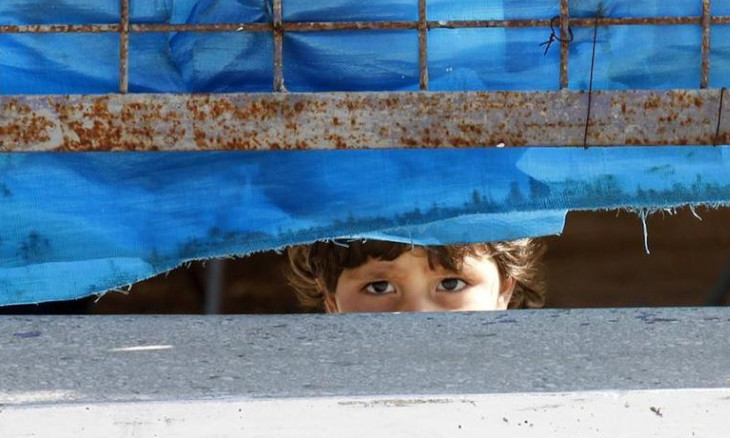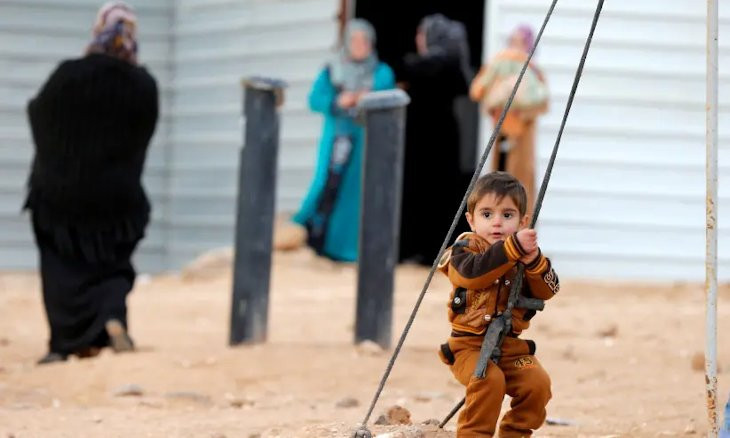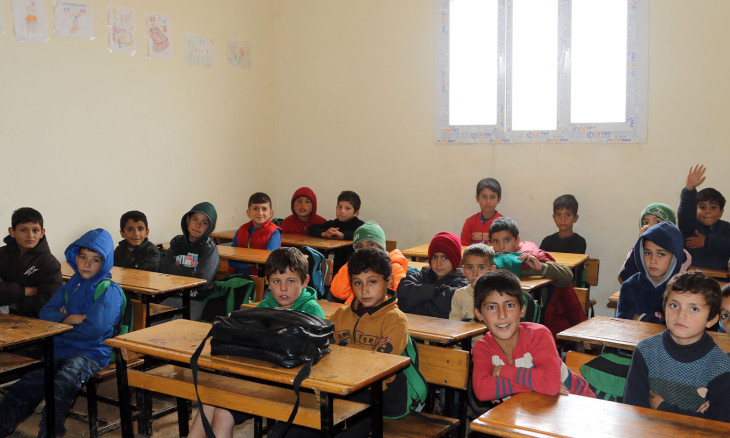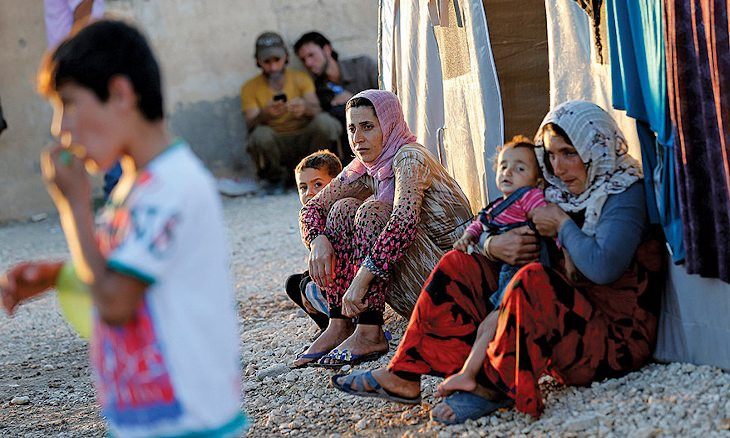Over 400,000 Syrian refugee children remain out of school in Turkey: Report
In his response to a parliamentary question, Education Minister Mahmut Özer that over 771,000 Syrian children are successfully enrolled in school in Turkey. However, a recently released report by the UN says that over 428,000 are still deprived of education.
Müzeyyen Yüce / DUVAR
In his response to a parliamentary question asking how many refugee children are currently enrolled in Turkish schools, Education Minister Mahmut Özer said that 771,458 children are enrolled in Turkish state schools.
However, according to the 2021-2022 Regional Refugee Resilience Plan (3RP), prepared jointly by the UN and the Turkish government, over 428,000 Syrian refugee children remain out of school.
Turkey hosts the largest population of refugees and asylum seekers in the world - 3.6 Syrian refugees and over 300,000 people of other nationalities. This number is likely to surge in the wake of the Afghanistan crisis - according to official data, the country is already hosting an estimated 300,000 Afghan refugees.
In 2016, the Turkish government formally decided to offer Syrian refugee children schooling in order to adapt them to the Turkish education system. Currently, according to Minister Özer, the education of these students is funded by international organizations and donations from stakeholder organizations.
As per the figures cited by Minister Özer and corroborated by UNICEF, over 768,000 children (771,000 as of the 2021 school year, according to Özer) have been successfully integrated into the Turkish schooling system. Also according to the UN, this integration is critical to the health and success of refugee and asylum-seeking children. However, an additional 428,000 - or 35.8% of Syrian refugee children of school age - are still out of school, meaning these children are at risk of not only falling behind in learning, but also being exploited for work or for sex.
The number of children out of school is particularly stark among children at pre-school and secondary school levels. Only 39.7% of secondary school-age students were enrolled in school, according to the report, while just 24.4% of children were enrolled in pre-school. These numbers are more promising at primary and middle school levels - 79.5% and 78.9%, respectively - but the lack of continuity to secondary school indicates that Syrian refugee children are dropping out after middle school at extremely high levels.
The reasons why Syrian children are not attending school are multifarious, according to the report. 66% of families interviewed by the 3RP working group for the report said they did not plan to send their children to school this year - 28% said it was for financial reasons, 23% said it was because their child was working, and 12% said it was because of their child’s disability.
Head of the Center for Asylum and Migration Studies (IGAM) Metin Çorabatır further said that household economics and cultural practices partially explain why enrollment rates are so low, especially among teenagers. Young men aged 13 to 18 are expected to work to support their families, while some young women in this age group are expected to be married.
“Economic problems are one of the primary issues that keep children out of school,” Çorabatır said. “Another reason is early marriage as a result of cultural factors. Girls in particular are excluded from education because they are married at a young age.”
The refugee community in Turkey was also particularly hard hit by the Covid-19 pandemic. Economic hardship faced by Syrian families has been exacerbated in the past two years, thereby potentially forcing children to leave school to work.
Further, several studies, according to the report, demonstrated that during the pandemic Syrian refugee students who were formerly enrolled in schools in Turkey did not have access to distance learning when those schools closed.
The report states that due to the pandemic there is a “real risk that progress will be reversed due to the prolonged learning interruptions and the constraints persons under temporary and international protection and the most vulnerable children and youth are facing when engaging with distance learning.”
Education Ministry, according to Çorabatır, is working on solutions that allow refugee students to work and study at the same time. Demand for vocational high school education among Turkish students is low, and many vocational high schools stand empty.
For the past two years, a program has been in place to encourage Syrian refugee students towards these schools - there, they can take lessons while also working after school. They receive insurance from their employers and at the end of four years can take an exam to receive a high school diploma. With this system, they can both support their families and continue their educations.
“The aim here is to keep thousands of students in school while also allowing them to become professionals,” Çorabatır said. “Over time this system will become better-established.”

 Six Syrian children victims of racist attack in southern province of HatayHuman Rights
Six Syrian children victims of racist attack in southern province of HatayHuman Rights Syrian children face difficulties accessing distance education during pandemic in TurkeyHuman Rights
Syrian children face difficulties accessing distance education during pandemic in TurkeyHuman Rights Syrian refugee children in Turkey face discrimination at schoolHuman Rights
Syrian refugee children in Turkey face discrimination at schoolHuman Rights 1 in every 37 Syrian child dies before reaching age 5 in Turkey: ReportHuman Rights
1 in every 37 Syrian child dies before reaching age 5 in Turkey: ReportHuman Rights